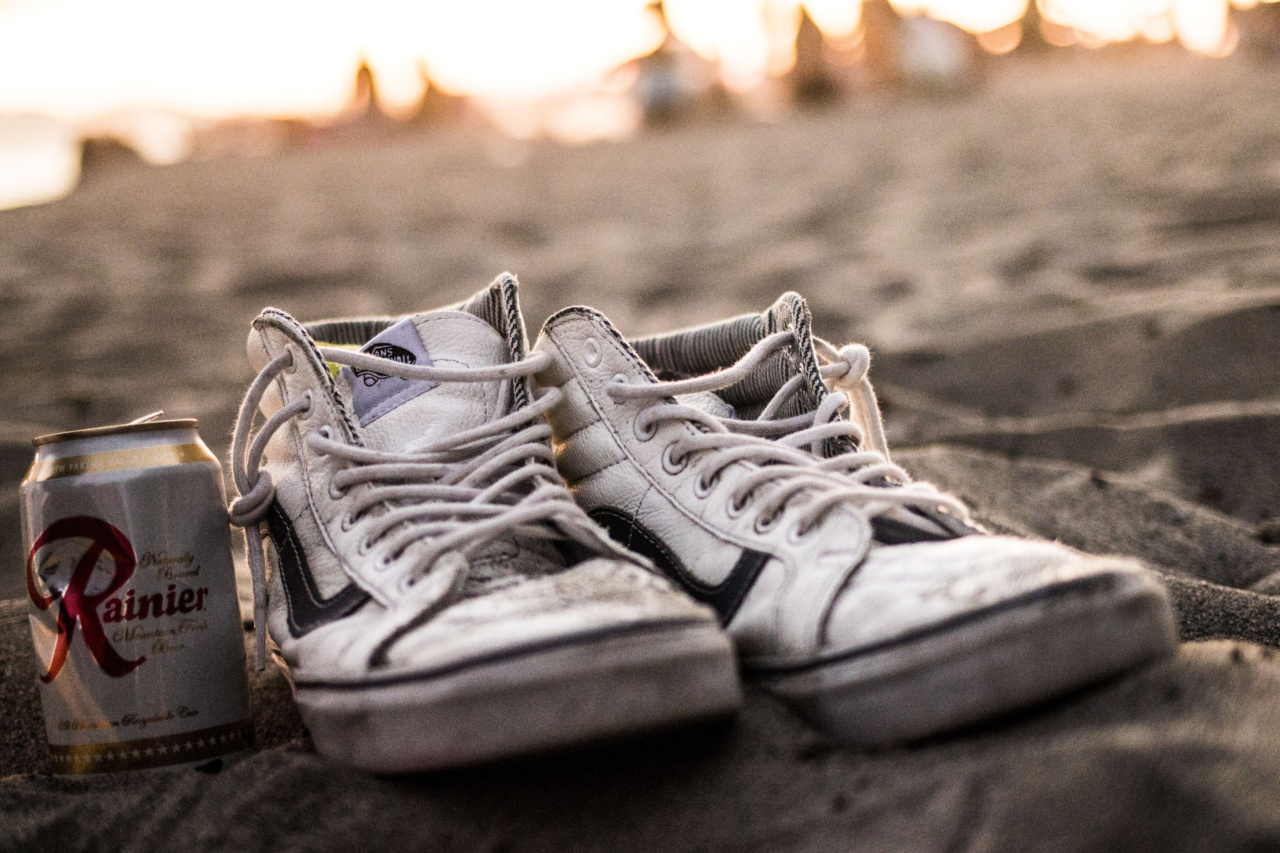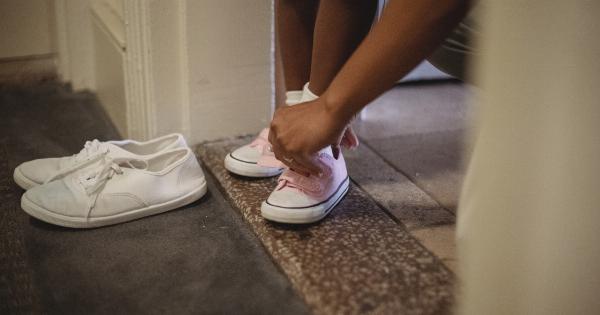We have all heard the saying, “Beauty is pain”. While this is true to some extent, it shouldn’t be taken literally. Shoes are a crucial accessory that can make or break your outfit.
However, wearing the wrong shoes can be more than just a fashion faux pas. It can lead to foot pain, injuries, and long-term health problems. In this article, we will examine why choosing the right shoes is vital, what happens when you wear the wrong shoes, and how to avoid making this mistake.
The Importance of Choosing the Right Shoes
Choosing the right shoes is more than just matching them with your outfit. The right shoes provide the necessary support and cushioning for your feet, helping you avoid injuries and pain.
Shoes that don’t fit correctly or offer insufficient support can lead to foot, knee, and back pain, which can impact your day-to-day life.
When choosing shoes, you should consider the following factors:.
Arch Support
Arch support is critical when selecting shoes. For individuals with high arches, shoes with arch support help distribute pressure evenly across the foot.
For those with flat feet, selecting shoes with insoles that provide arch support is crucial in preventing foot pain and injuries.
Size and Fit
Size and fit are the most critical components of choosing suitable shoes. Ill-fitting shoes can result in blisters, corns, calluses, and even toenail injuries. Shoes should feel comfortable from the beginning and require little to no break-in period.
You should choose shoes that fit snuggly but aren’t too tight or too loose.
Activity Type
The type of activity you’re performing should influence your shoe choice. Running shoes, for example, require adequate ankle and foot support, whereas hiking shoes should provide stability and traction.
Dress shoes should be comfortable enough to walk and stand in for extended periods without causing foot pain or blisters.
The Risks of Wearing the Wrong Shoes
Wearing the wrong shoes can cause a myriad of foot problems. Some of the risks associated with wearing the wrong shoes include:.
1. Foot Pain
Ill-fitting shoes can cause foot pain and discomfort. Shoes that are too tight can cause blisters, calluses, corns, and ingrown toenails. Shoes that are too loose can lead to ankle instability, which can cause foot fatigue and pain.
2. Knee Pain
Knee pain can be caused by wearing shoes without adequate support. High heels, for example, can cause knee pain by placing undue pressure on the kneecap. Shoes that lack cushioning can also lead to joint pain.
3. Back Pain
The lack of proper support in shoes can lead to back pain. Flat shoes, such as ballet flats, do not offer proper arch support, which can cause muscle strain in the lower back.
4. Bunions and Hammertoes
Toe deformities such as bunions and hammertoes can be the result of wearing shoes consistently that are too narrow or too pointed at the toe box. This pressure can cause bones to shift, leading to toe deformities.
5. Plantar Fasciitis
Plantar fasciitis is inflammation of the tissue connecting the heel bone to the toes, causing severe pain and discomfort in the heel. This condition is often the result of wearing shoes without proper arch support or cushioning.
How to Choose the Right Pair of Shoes
Finding the right pair of shoes can be overwhelming. Here are some tips on how to choose the right pair of shoes:.
1. Measure Your Feet
Start by measuring your feet to determine your size. Feet can change size over time, so measuring each time you purchase shoes is essential.
2. Shop in the Afternoon
Feet tend to swell during the day, so shopping in the afternoon can give you a better indication of how the shoes will fit.
3. Try on Both Shoes
Feet are not the same size, with one foot often being slightly larger than the other. Ensure you try on both shoes, walking around to determine how they feel.
4. Consider Arch Support
Choose shoes that offer adequate arch support to prevent foot pain and keep your feet healthy.
5. Check the Shoe Material
Evaluate the material of the shoe, looking for shoes with breathable material or those that have incorporated airflow to avoid overheating or bad smells.
Conclusion
Shoes are an essential part of our lives, and choosing the right pair can make a significant difference in our comfort, performance, and health.
Wearing ill-fitting shoes can cause a plethora or short and long-term foot problems, including knee and back pain, bunions, and plantar fasciitis. To avoid these problems, we must factor in arch support, size and fit, activity, and material when selecting shoes.




























